NJFSC Chapter #44S..........PHS Affiliate #1A..........APS Affiliate #95 |
Society & Member's Galleries....
As we continue to add more galleries, some will be for public display while many will be reserved for members access only.
Featured Covers Gallery
February 2013 Issue of the NJPH Journal INTENDED FOR THE GRAF ZEPPELIN BUT CARRIED BY STEAMER? A 1929 Jersey City Transatlantic Airmail to Basel Switzerland
by John Trosky
The first decades of the 20th century saw the dawn of a new age in mail transport, airmail. By
the late 1920s the US Post Office Department had established many routes across the continental US
to speed the transportation of mail. Transatlantic mail on the other hand remained the purview of the
fast ocean steamer. It was only in 1927 that Lindbergh had finally conquered the Atlantic by aircraft. |

Fig. 1: A cover from Jersey City to Graz, Austria in February 1928, incorporating an endorsement “Via
Air Mail.” This cover serves to illustrate the rapidity of change in air mail.
|
Things progressed rapidly from that point on, with some sporadic but not too successful
attempts at transatlantic mail. But people were eager to use airmail, as the cover below from
Jersey City to Graz shows, with airmail postage. This does not pay air mail across the Atlantic –
there was none yet – but paid air mail on arrival in Europe on to Austria. Transit time for this
cover to Graz was two weeks, from 2/1/28 to 2/15/28. This was speedy airmail in the 1920s!
True air mail service across the Atlantic did not occur until 1939.1
This cover helps illustrate the precipitous drop in air mail rates that was continuing to
occur in these early years of service. This cover is franked with a 5¢ Theodore Roosevelt Fourth
Bureau Issue stamp and a 10¢ Lindbergh Airmail stamp and posted at the same Greenville
Station in Jersey City as the cover below (see Figure 3). Only one year later this same service
would cost 5¢ for the surface overseas rate but only 4¢ for the air supplement, instead of a 10¢
supplement!
It was also at this time that lighter-than-air craft were reaching their golden age. Philatelic
and postal history collectors the world over have always held an abiding interest in stamps and
artifacts related to the age of lighter-than-air travel with particular emphasis on items with a
connection to either the Graf Zeppelin (LZ-127) or the Hindenburg (LZ-129). Prior to the
launching of the Graf Zeppelin, transatlantic mail was carried solely by fast ocean steamer with
port to port times in the range of 4½ to 5 days plus. The lighter-than-air ships significantly cut
this time to approximately three days depending on direction and wind speeds. With the dawn of
air transportation, steamship companies, particularly the North German Lloyd line, began
experimenting with catapult mail from ships as they came closer to shore. Mail was loaded onto
a catapult aircraft and launched several hundred miles from shore to cut precious hours off of the
all important transit time. The NDL steamer Bremen was a pioneer in this regard. |

Fig. 2: Graf Zeppelin LZ-127
at Friedrichshafen |
In 1929, The Graf Zeppelin (LZ-127) embarked in May from
Friedrichshafen, Germany on the first round-the-world flight by an
airship. Passengers and westbound mail were carried on board. The
newspaper tycoon, William Randolph Hearst paid the Zeppelin
Company $100,000 in financing for the trip provided they would do
a flyover of New York City and the Statue of Liberty.
Having
severe engine trouble on this initial trip to Lakehurst, NJ, the pilot,
Dr. Hugo Eckener, Chairman of the Zeppelin-Reerderei, aborted the
trip and safely landed in Cuers, France. A second successful,
attempt to cross the Atlantic was begun on August 1st, 1929, arriving
in Lakehurst on August 4th. All westbound mail was then sent to
New York for processing and backstamped August 5th. |
It was at the Lakehurst Naval Air Station that the round-the-world flight would actually
commence. This was an event of historic proportions, not only for Germany but for many of the
countries that the zeppelin would traverse. The Graf Zeppelin would not only be carrying some
very well-to-do passengers such as Lady Grace Drummond-Hay, representing the Hearst
Corporation, but also several official government representatives including Lt. Commander
Charles Rosendahl and Lt. Jack C. Richardson, naval airshipmen on board as official observers
for the US. In order to defray additional operating costs, the zeppelin company carried mail,
much of which was commemorative in nature. A US franked letter rate was established at $1.05
for a one ounce letter to Germany or 35¢ for a post card. The cost of a letter circumnavigating
the globe required a total of $3.55, a princely sum in 1929. This was quite high when compared
to the existing domestic airmail rate of 5¢ and the identical transatlantic surface rate for the same
weight. This brings us to the cover at hand.
The cover in Figure 3 was posted from Jersey City on August 5th, 1929 and is endorsed “Via
Air Mail” by the Post Office. It is also endorsed by the sender with the inscription “By Airmail” and
“From Lakehurst to Friedrichshafen.” The postage rate paid is 5¢ which would be an international
surface rate, however, a 4¢ “air supplement” was added. Postage was paid using a 5¢ Theodore
Roosevelt Rotary Fourth Bureau issue and a 4¢ Martha Washington Flat Plate Printing. Both were
cancelled by a duplex canceller with station “2,” indicating the Greenville station in Jersey City. The
air supplement would carry the correspondence via air once it reached Europe. Receiving stamps on
the letter indicated that it was initially processed through the Gare Du Nord Station in Paris on
August 15th at 4AM and then received at Basel Flugplatz (Airport) and stamped in at 6PM the same day. The transit time of ten days would be consistent with ocean transport. There were no
transatlantic airmail routes in 1929. German zeppelin mail was the closest approximation at the time. |
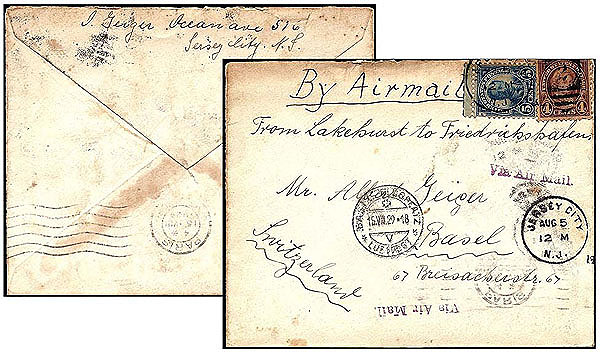
Fig. 3 (a & b): Sent August 5, 1929, the front and reverse of a cover intended for the Graf Zeppelin LZ-
127 flight from Lakehurst on August 8, but insufficiently franked.
|
However, the intent of the mailer seems to imply that he wished this letter to be carried by
the Graf Zeppelin on its round-the-world flight with the final destination of the letter being Basel
Switzerland. Mail destined for carriage on the zeppelin was processed though the New York Post
Office and then forwarded to Lakehurst for loading onto the airship. The mailing date is consistent
with the anticipated departure time. The Graf Zeppelin was scheduled to leave Lakehurst on
August 8th for what those in the USA would deem the first leg of the round-the-world flight back to
Friedrichshafen and then on to Tokyo, Los Angeles and back to Lakehurst. The question remains
as to why the postal clerk permitted the “From Lakehurst to Friedrichshafen” endorsement to
remain on the cover when insufficient postage was paid for this service.

Fig. 4: Graf Zeppelin LZ-127 routes
across the Atlantic and return in 1928.
Clicking on this map
will take you to a version which can be
further enlarged.2
|

Fig. 5: The letter enclosed, dated August 4, seems to indicate that the writer expected this cover to travel
around the world. Why he posted it with insufficient postage is unclear. |
This cover contains an enclosure written in German to the recipient in Basel that may
shed more insight on the intent of the mailer. The letter with this cover has a peculiarly
philatelic bent. The enclosure describes the letter being carried ¾ of the way around the world
before it arrives in Basel (somewhat confusing, as that might have been the case if LZ-127 were
travelling westbound, but in fact its route was eastbound, returning to Europe, and then across
Asia to Tokyo, across the Pacific and returning to Lakehurst by way of Los Angles).
They are
looking forward as well as to having postage stamps to commemorate the flight. The letter is
dated on August 4th, the arrival date of the Graf Zeppelin in NJ from Germany, which they hope
to observe that evening as it makes it way to Lakehurst.
The balance of the correspondence
concerns the sending and receiving of cards letters and newspapers which may be of interest to
either party. I have attempted a translation of the letter using Google translation and some other
online services to decipher the message.
An English transcription is below: |
My Dears,
This letter shall circumnavigate ¾ of the world before it comes to Basel. This is
probably the conclusion of the air travel. We can look forward to having a series in stamps
that will be valuable in a few years. It’s six o’clock in the evening and we expect the
Zeppelin any moment from Washington where it’s already reported. Tomorrow, which is a
holiday for me, we’ll put together some cards and letters for you. I have some newspapers to
send over that might be of interest to read. Karl will read the newspapers and probably like
them. Lots of new things but the most important thing for us is the stamps.
For now, warm greetings from Otto, Frieda & Gus. |
It seems this was an avid stamp collecting family with a strong interest in early aero
philately. The final destination of the LZ-127 on August 4th was Lakehurst NJ and the route
described in the correspondence is consistent with the route followed one year earlier on its
inaugural intercontinental flight to America. The Graf Zeppelin crossed over Cape Charles, VA
and then proceeded up the eastern seaboard past Washington DC, Baltimore, Philadelphia, on to
New York City (at the behest of William Randolph Hearst) and then circled back to land at
Lakehurst NJ. The map above (Figure 4) shows the standard route of the LZ-127 on its transatlantic
crossings in both directions, the one below (Figure 6) is the entire round-the-world route.
Was Otto Geiger mailing his letter to Switzerland in 1929 hoping to have it carried
eastbound by the Graf Zeppelin to Friedrichshafen for a total of nine cents instead of one dollar
and five cents, or did he mistakenly think that it would travel westbound three quarters of the
way around the globe as stated in his letter for the bargain price of nine cents? There is no
evidence of any postage missing from the cover so it shall remain a mystery. Did the postal
window clerk fail to tell this customer that his letter would be going to the piers for a steamer
instead of to Lakehurst and into the belly of the Graf Zeppelin? In reality, it most likely went via
steamer to France and then by air to Basel. In the end though, unbeknownst to him, he created a
cover with a far more interesting back story.

Fig. 6: Showing the round-the-world route in 1929.
This map will also connect to a web site with an
enlargeable version.3
|
Past Featured Covers
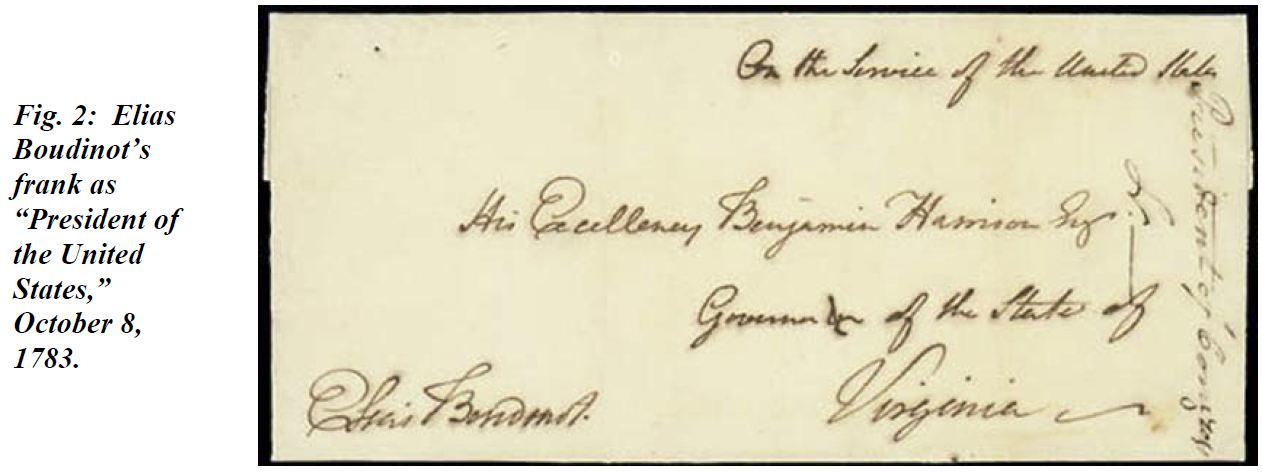 |
November 2012 Issue of the NJPH Journal LEGISLATIVE FRANKS OF NEW JERSEY by Ed & Jean Siskin
The franking privilege is the right to send and or receive mail free from postage.
Read more..... |
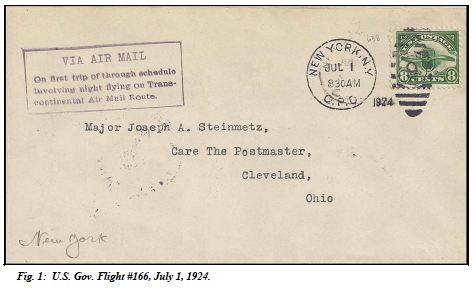 |
August 2012 Issue of the NJPH Journal HADLEY AIR FIELD, NEW BRUNSWICK. NEW JERSEY by Jim Walker
Early air mail service in the New York area used an assortment of air fields on Long
Island. Hazlehurst Field was the one in use at the commencement of Transcontinental Air Mail
Service in 1924 and was deemed inadequate due to smoke from city industries and ocean fog.
Read more..... |
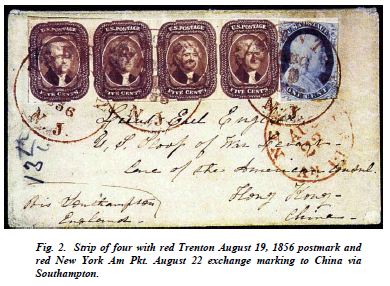 |
May 2012 Issue of the NJPH Journal FIVE CENT 1856 STAMP ON COVERS FROM NEW JERSEY by Robert G. Rose
Have you ever fantasized, as have I, of forming a collection of United States
classic stamps used on covers from New Jersey? If so, the task to put such a collection
together would be a real challenge....
Read more..... |
 |
February 2012 Issue of the NJPH Journal A Wonderful Revolutionary Letter by Ed and Jean Sisken
In the Oct-Nov 1988 issue of La Posta, Tom Clarke wrote an article about a wonderful
Revolutionary War cover he had. Dated February 16, 1777, from New Brunswick, New Jersey...
Read more..... |
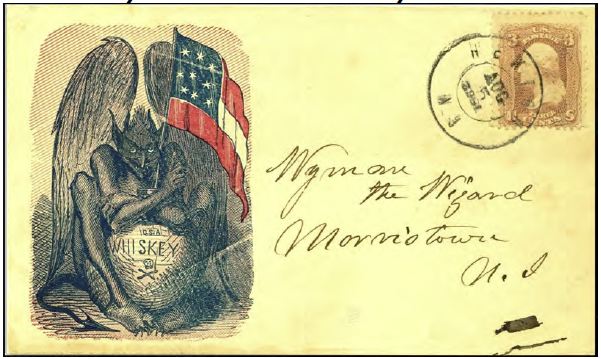 |
November 2011 Issue of the NJPH Journal New Jersey Civil War Covers -Wyman the Wizard!
If you were to conduct a detailed review of the 190 Civil War
patriotic covers illustrated in NJPH whole nos. issues 100 and 117, or the
online exhibit of covers shown at NOJEX, you can begin to see the
emergence of some interesting patterns among the covers. An obvious
pattern is that there are several different correspondences represented in
the illustrated covers. Read more..... |
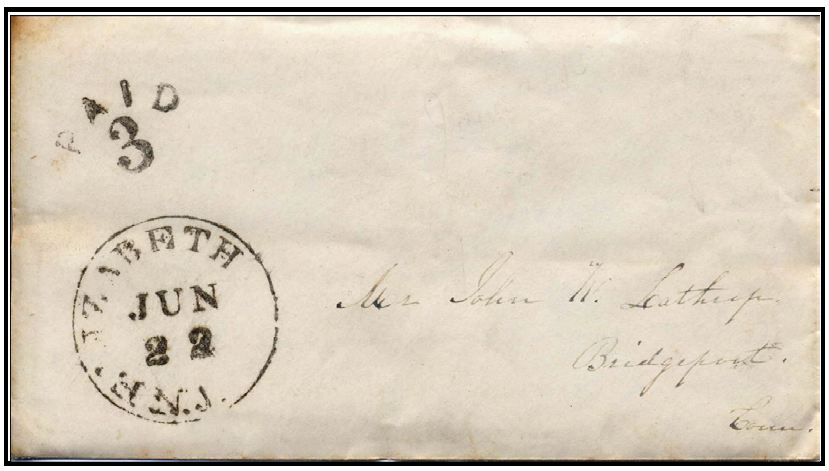 |
August 2011 Issue of the NJPH Journal New Elizabeth, NJ Marking
ELIZABETHTOWN STAMPLESS POSTMARK ALTERED TO READ “ELIZABETH”!
This newly-discovered Elizabeth postmark falls at the time the name was changed from
Elizabethtown to Elizabeth, and a new handstamp was created from an existing Elizabeth-town
postmark.
Read more..... |
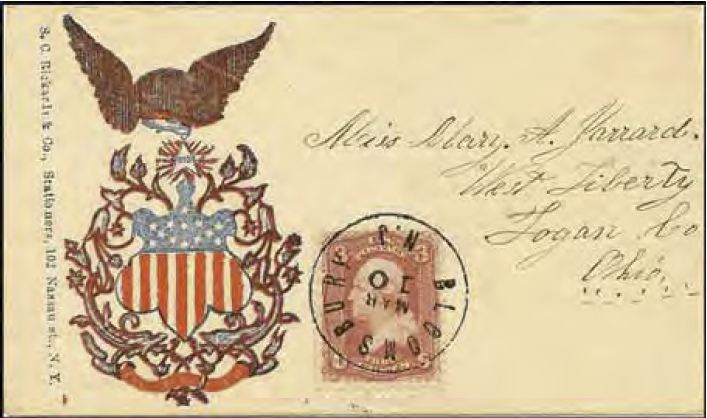 |
May 2011 Issue of the NJPH Journal Civil War Patriotic Covers from New Jersey.
The cover below is dated Mar. 10 from Bloomsbury, NJ to West Liberty, Ohio, with the imprint of S.C. Rickards, Stationers, 102 Nassau Street, N.Y., and shows one of the rare New Jersey Civil War patriotic images.
Read more..... |
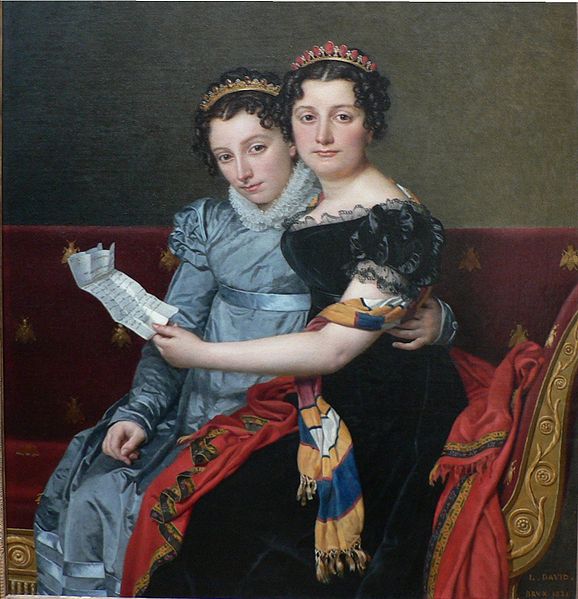 |
February 2011 Issue of the NJPH Journal A Folded Letter in art - was it from New Jersey?
This painting by Jacques-Louis David, painted in 1821, shows two Bonaparte princesses reading a stampless folded letter from their father, Joseph Bonaparte, brother of Napoleon. Was it written to them from New Jersey?
Read more..... |
 |
November 2010 Issue of the NJPH Journal REVOLUTIONARY WAR COVER
The cover of our most recent journal features this Revolutionary item, from Don Chafetz’s prize-winning exhibit of Morris County Mail Service, 1760 to 1850.
Read more..... |
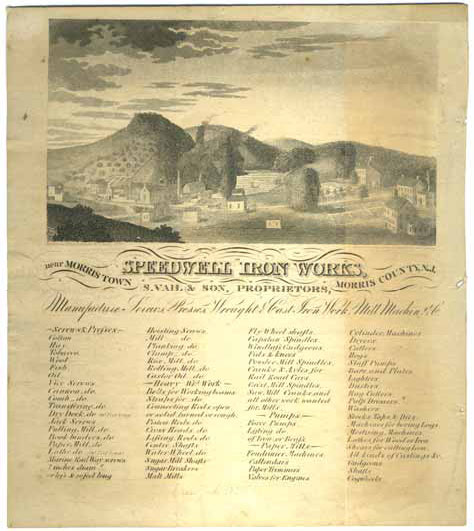 |
August 2010 Issue of the NJPH Journal NEW JERSEY ILLUSTRATED LETTER SHEETS
These items were made popular by the nice ones that exist from the California Gold Rush days, and those used during the Civil War, where they depicted contemporary scenes at the top of the letter sheet, the rest of which was then used to write a letter.
Earliest examples usually included an attached sheet and were used as stampless folded letters.
Later ones were more like letterheads, and were sent enclosed in envelopes.
Read more..... |
 |
May 2010 Issue of the NJPH Journal Celebrates the 100th Anniversary of the Boy Scouts of America!
Treasure Island Scout Camp occupies a fifty-seven acre island in the Delaware River between Pennsylvania and New Jersey. The camp is operated by the Cradle of Liberty Council (formerly the Philadelphia Council), Boy Scouts of America. Read more..... |
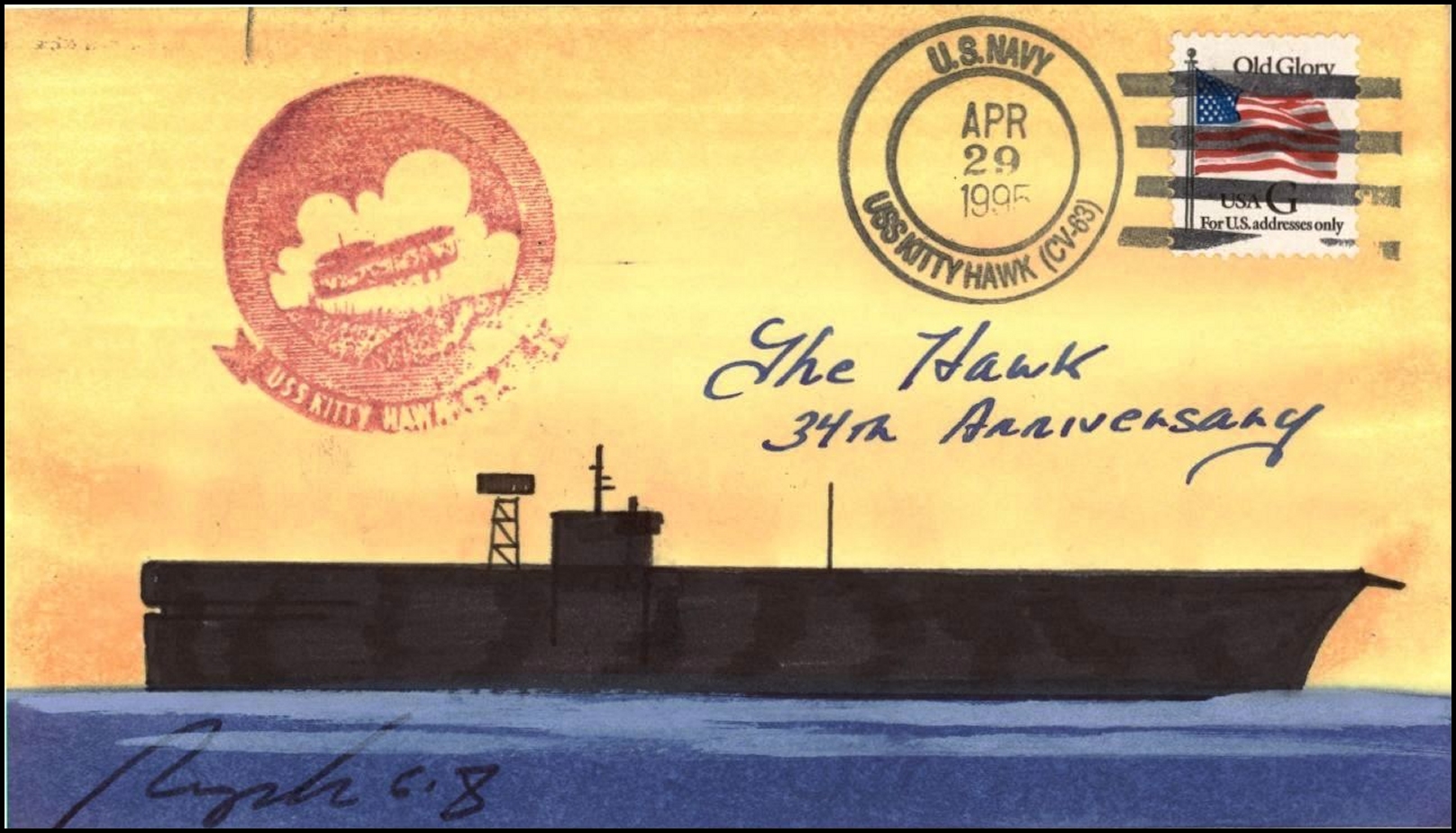 |
February 2010 Issue of the NJPH Journal featuring a 1995 cover of the aircraft carrier USS Kitty Hawk, the last of the conventionally-powered US aircraft carriers, decommissioned in 2009.
This great ship served almost 50 years in service of her country.
Read more..... |
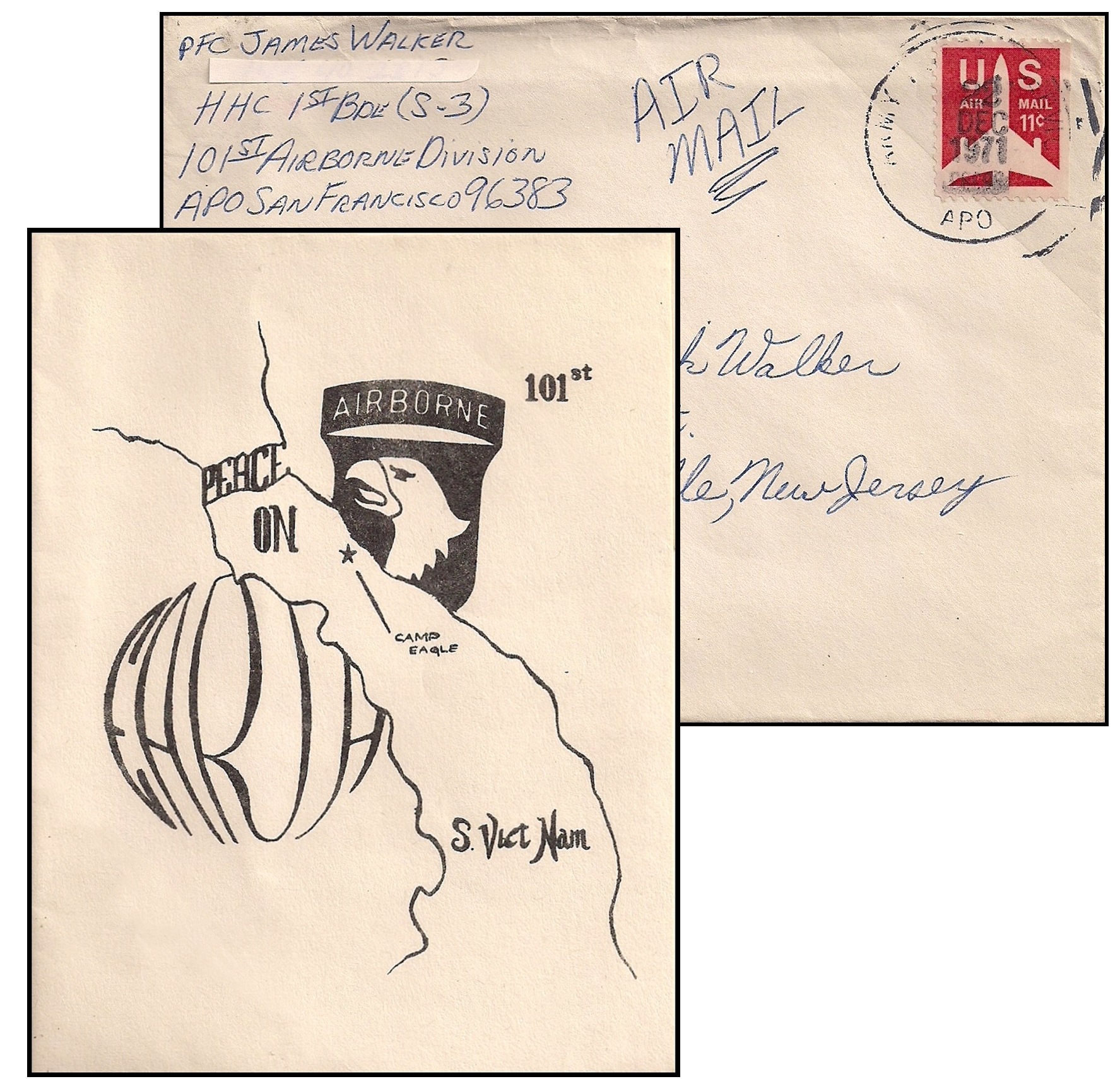 |
November 2009 Issue of the NJPH Journal featuring a Holiday Greetings from Viet Nam
Just before Christmas of 1971, a GI-produced Christmas card was distributed to the troops of the 101st Airborne for them to send home. A hand-made envelope served to carry it home to New Jersey.
As it was late in December, member Jim Walker used a U.S. air mail stamp instead of the usual free frank available to soldiers in combat,
Read more..... |
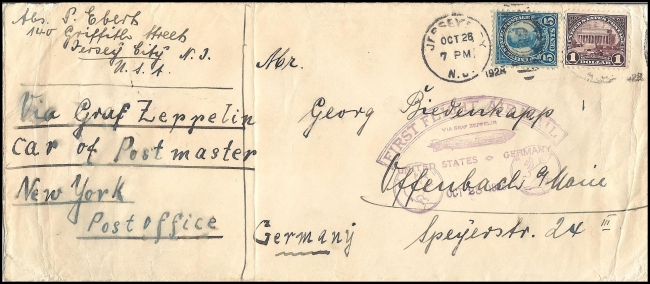 |
August 2009 Issue of the NJPH Journal featuring a a Graf Zeppelin cover.
L127 First Trip to the USA in 1928. Special credit to John Trosky for this nice article!
WEB-SITE SPECIAL: an addendum to this article with additional information on an originating 1928 LZ-127 cover from Len Peck!
Read more..... |
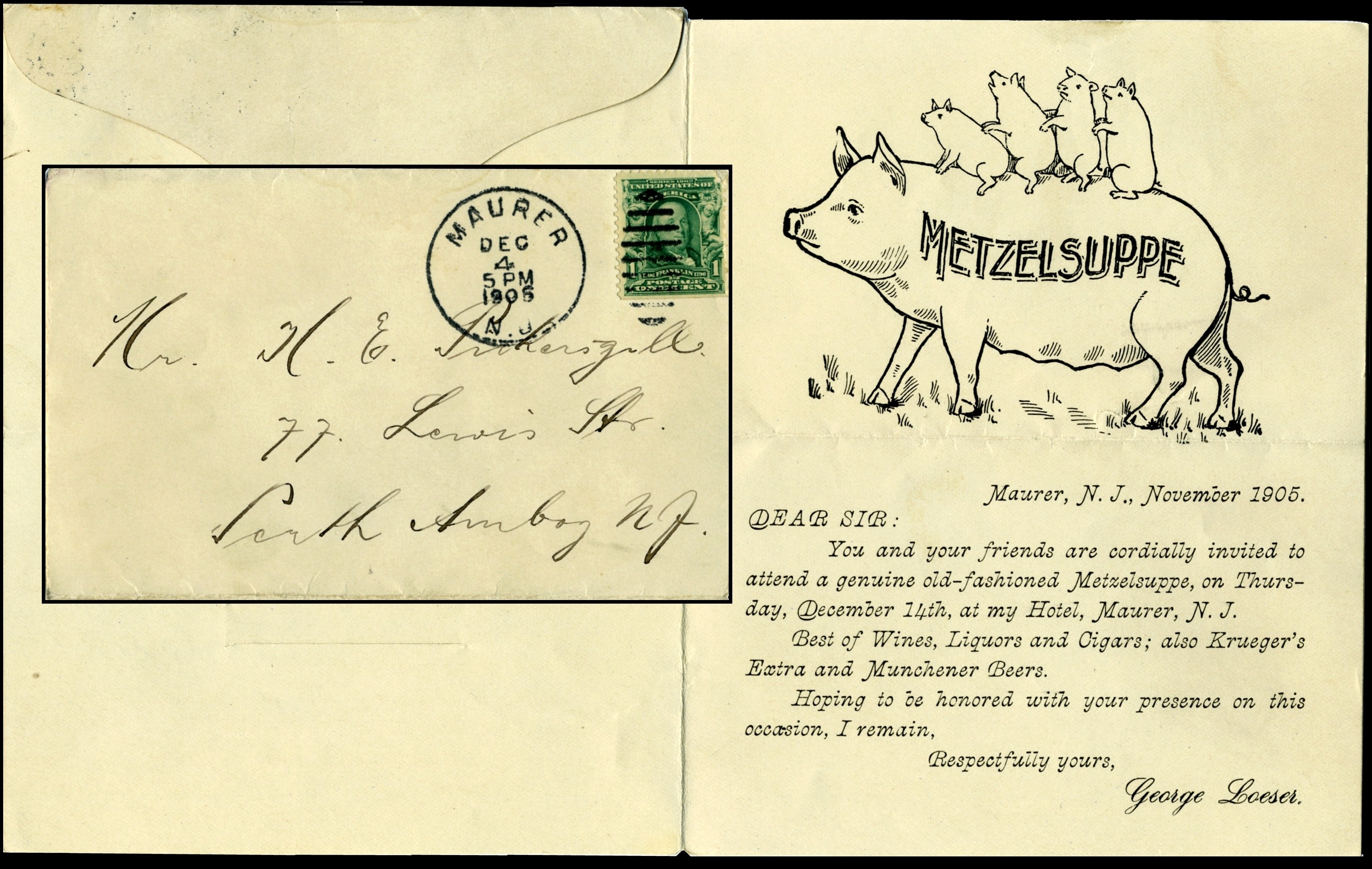 |
May 2009 Issue of the NJPH Journal featuring a DPO cover from Maurer, New Jersey.
A pretty little letter sheet invitation from a local hotel in Maurer (now part of Perth Amboy, Middlesex County), NJ turned up at the Garfield-Perry Show in Cleveland, in JWF (Jim Faber’s) stock. Used in 1905, it is from a community that literally does not exist anymore. The location is now the site of a large “tank farm” belonging to Chevron.Read more..... |
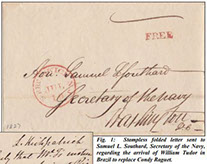 |
February 2009 Issue of the NJPH Journal featuring a cameo campaign cover.
A December 15, Hoboken, NJ postmarked Embossed Cameo Campaign Envelope produced by William Eaves was offered this March by Robert A. Siegel Auctions featuring a beardless Abe Lincoln. Only a few examples are known. This Hoboken, New Jersey cover hammered on March 25, 2009 for $2600.00 before the 15% buyers premium! Read more..... |
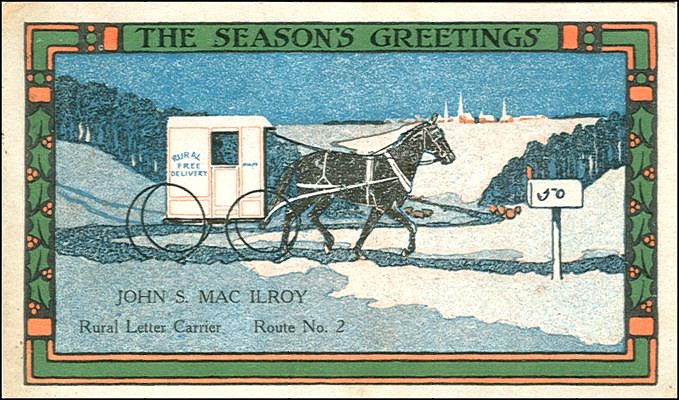 |
November 2008 Issue of the NJPH Journal featuring a cover of seasonal greeting.
A RFD ”Season’s Greetings” post card, cancelled December 24, 1915 with a Pittstown, NJ postmark, sent by the carrier on Route 2 out of Pittstown to the people along his route. Special thanks to Member Jim Walker for sharing this cover. Read more..... |
Members: One of the benefits of membership is sharing your interests and collections! If you would like to share an interesting single item from your collection, or have multiple items to share - the NJPHS Galleries offer you the opportunity to put your collectibles on center stage. Please e-mail your webmaster about contributing to our on-line Galleries. We can even help you if you do not have a scanner or digital images. Just ask. Remember, we are always looking for articles of interest for the NJPH Journal, and would welcome your contribution whether it's a single page or five page article.
If you are not yet a member, please consider the benefits of joining and the satisfaction you'll get by sharing with your fellow collectors: Become a Member |
